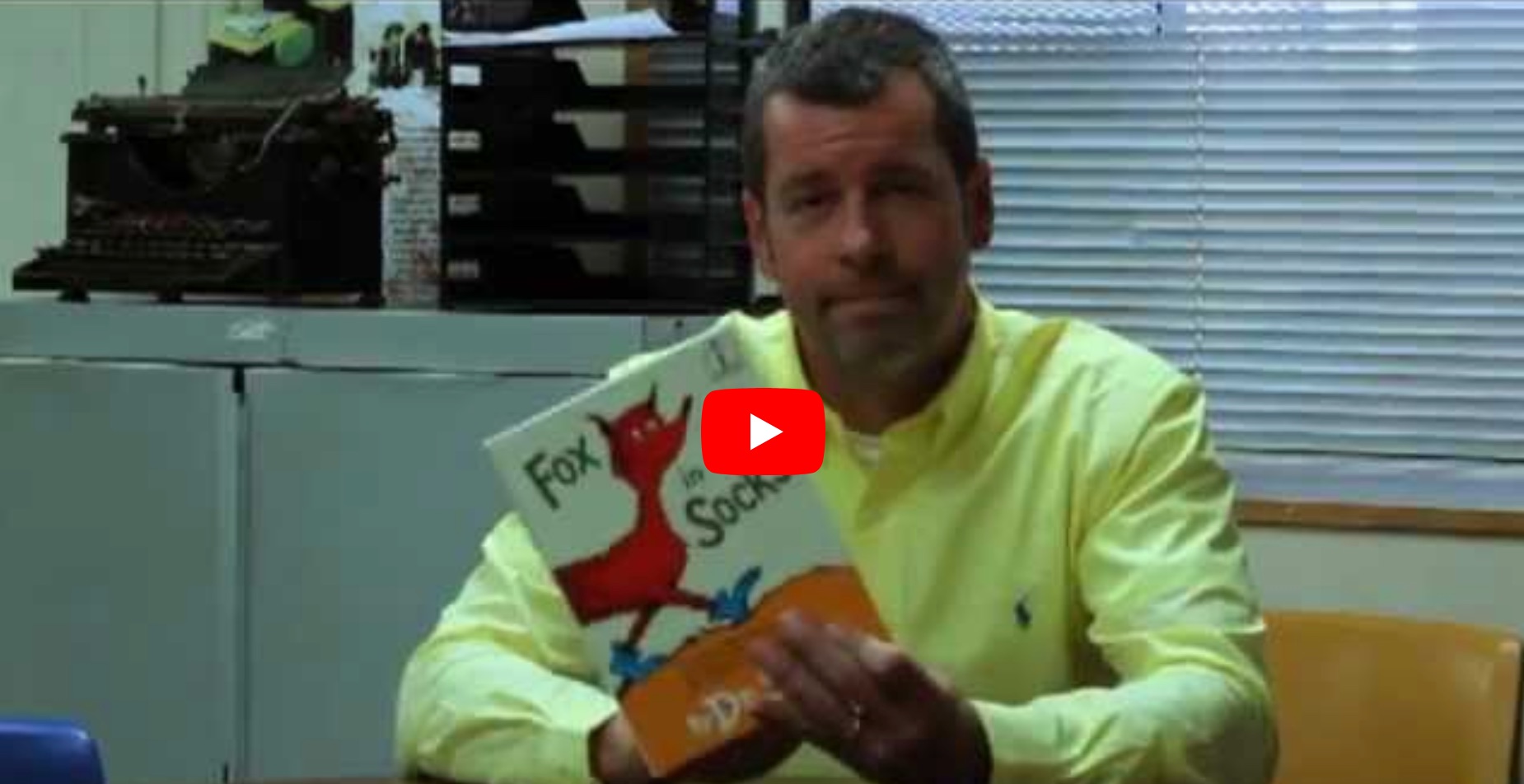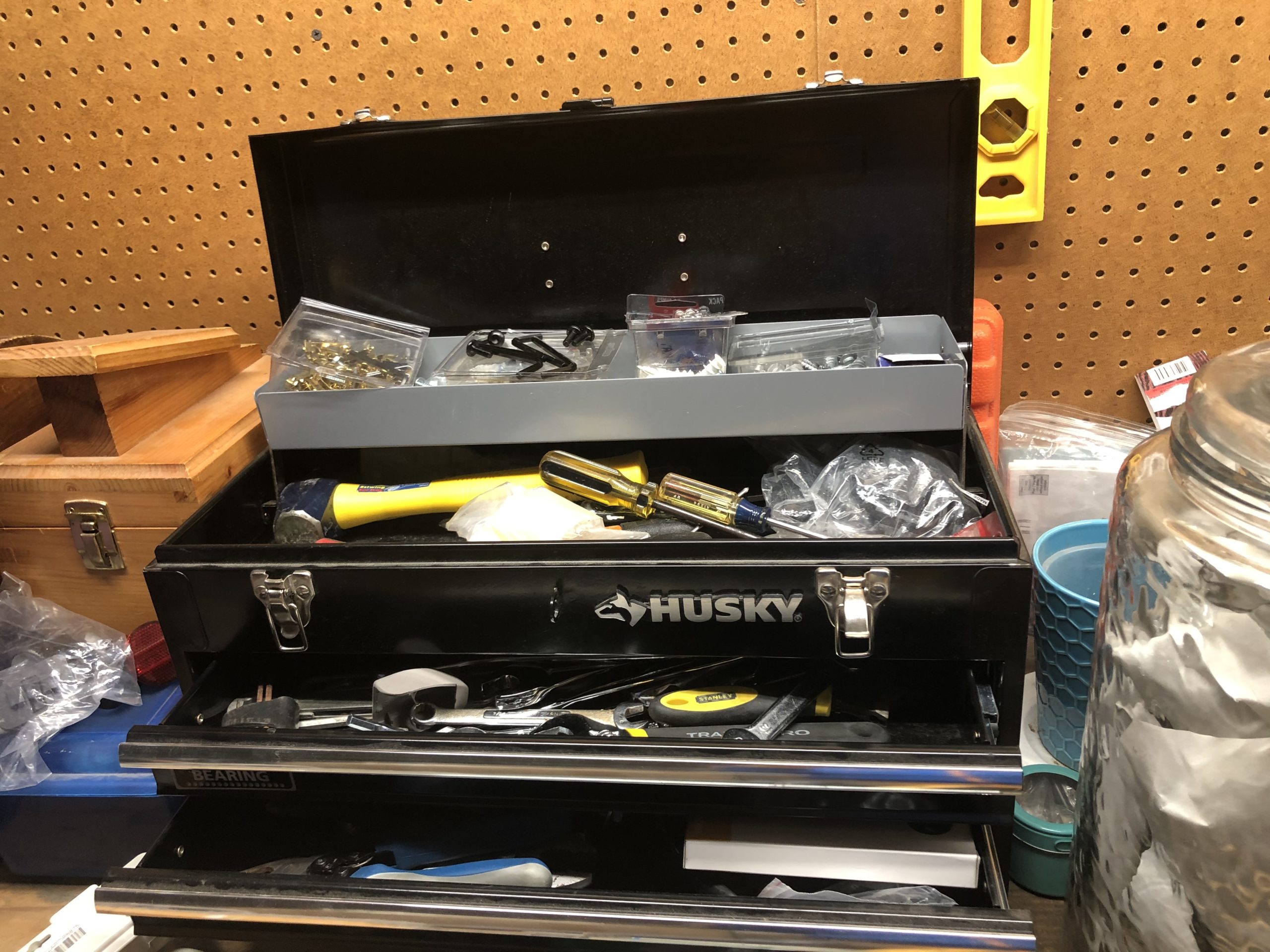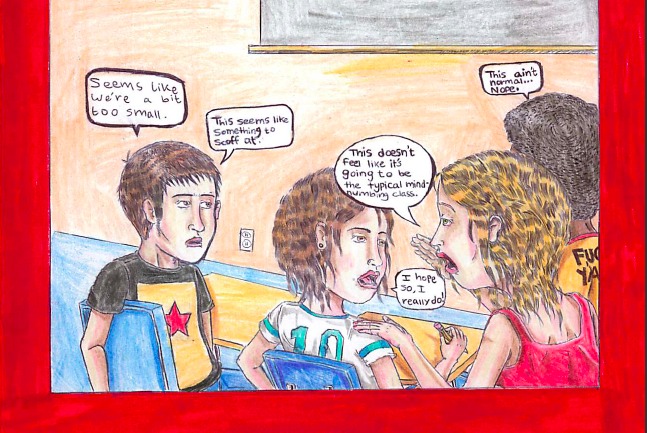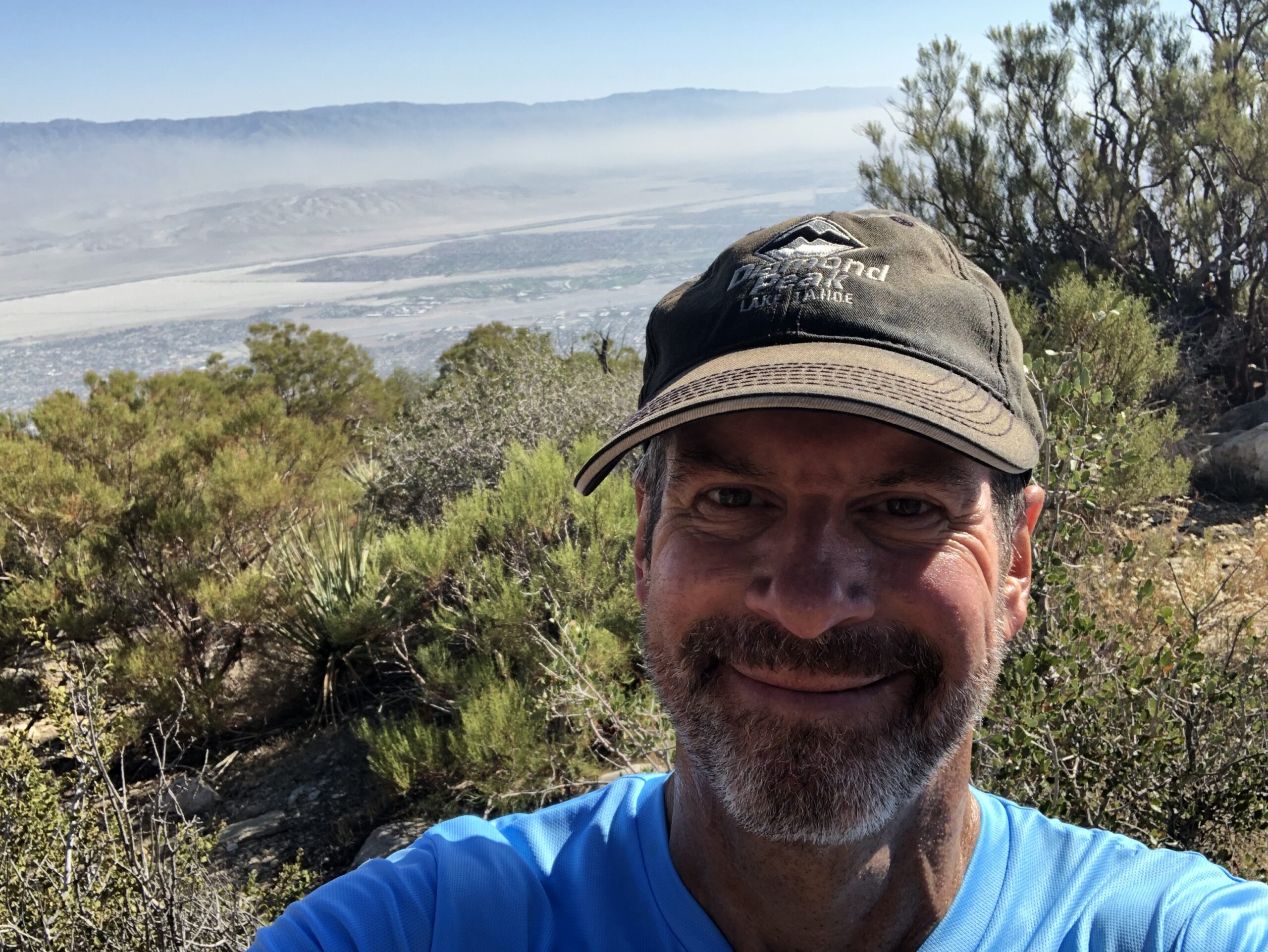Month: November 2022
-

“I never learned to read!”
About 15 years ago one of my brightest, most articulate students told me that she hated to read. I was shocked. She went on to describe reading as a painful chore she associated with school, something she was forced to do on threat of punishment. I looked at the assignments and assessments through her eyes…
-

thank you
The Thanksgiving holiday has a troubled history that remains our troubled present. Abraham Lincoln’s 1863 proclamation was a patriarchal, overtly religious, plagiarized lie intended to distract Americans from genocide, slavery, and race rioting. Here we are, 159 years later, still dealing with some of the very same issues. Today I am putting all that aside…
-

the right tool for the job
I originally wrote this 10+ years ago on a course blog for high school students – it applies now more than ever. -dp ______________________________ In the words of Thomas Carlyle, a Scottish philosopher whose work influenced prominent writers and thinkers from Charles Dickens to Ralph Waldo Emerson: Man is a tool-using animal. Without tools he…
-

ferocious joy
Fun is underrated. Joy is the truest measure of success in learning. You know that feeling when you finally solve the mystery, remember the idea, see the solution, hear the music? Oh, that is so good! What if we made that feeling our priority in helping each other understand concepts and master skills? Take a…
-

ain’t no mountain high enough
Listen, baby… Chapter 1: Ain’t No Mountain High Enough The Cactus to Clouds hike up San Jacinto Peak is the 5th hardest day hike in America. A couple weekends ago I hiked the South Lykken and Skyline sections, which ascend 8400 feet from the Coachella Valley Floor trailhead at the end of Ramon Road to…